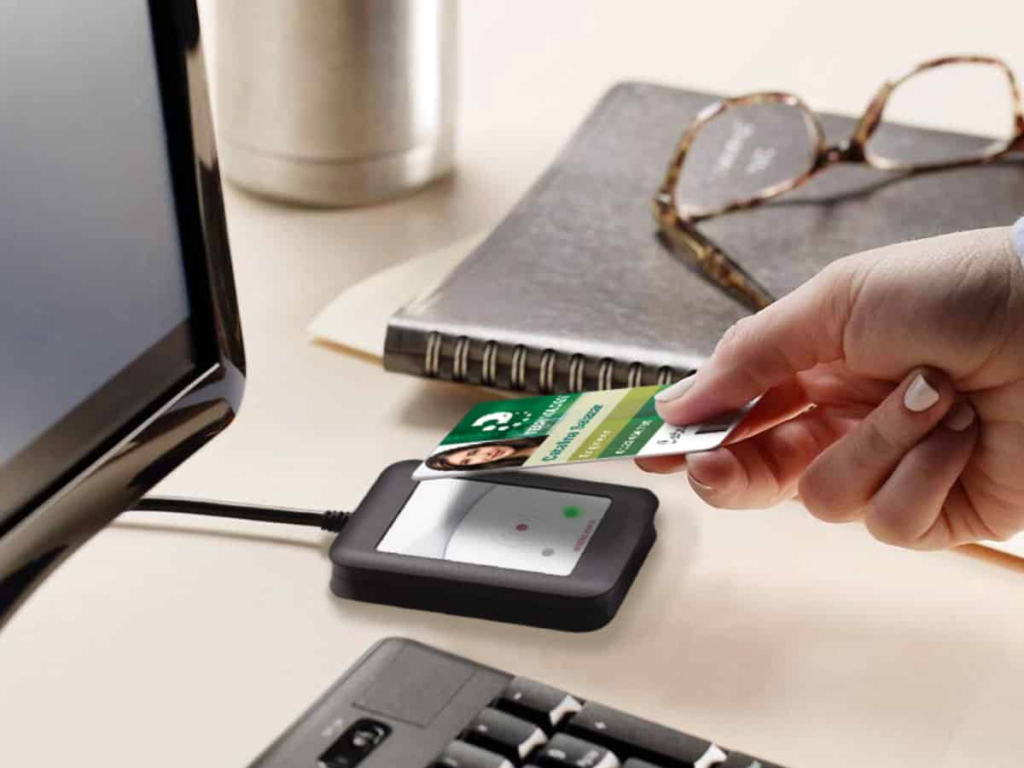
Card Reader Compatibility Guide for RFID, NFC, and Magnetic Stripe Cards
Modern facilities rarely rely on a single card technology. Offices, campuses, retail stores, and industrial sites often run mixed systems that include RFID and NFC cards alongside older magnetic stripe credentials. A Card Reader that handles these formats reliably reduces friction, cuts training time, and simplifies upgrades. Buyers also want consistent performance because access points may process thousands of scans daily. According to HID Global, more than 60% of organizations still operate at least two credential formats during system transitions. This makes compatibility a top priority.
How RFID Technology Works in Access Systems
RFID cards use radio frequency signals to transmit data. Low-frequency cards (125 kHz) remain popular in legacy access control systems. High-frequency cards (13.56 MHz) support encryption and are common in modern facilities. A Card Reader must match the exact frequency and protocol, or the card will not register. Readers built for multi-frequency support help companies avoid forced migrations. For example, many warehouses keep 125 kHz cards because forklifts and gloves make contactless scanning easier. Facilities with long migration cycles need Card Readers that support both frequencies without reducing scan speed.

What Makes NFC Different from RFID
NFC is part of the 13.56 MHz family but adds peer-to-peer communication. Users can unlock doors with phones, smartwatches, or NFC cards. Adoption is growing fast because employees prefer mobile access. Apple Wallet and Google Wallet support NFC-based access for selected enterprise systems. However, NFC requires closer proximity than most RFID formats. A compatible Card Reader should support standardized protocols such as ISO/IEC 14443 and ISO/IEC 18092. This ensures smooth performance when users mix physical cards and mobile credentials. NFC also supports encrypted communication, reducing the risk of cloning in sensitive locations.
Magnetic Stripe Cards and Why They Still Matter
Magnetic stripe cards are older but still common in universities, hotels, and transit systems. They store limited data but remain affordable and easy to replace. Many institutions maintain them because the existing infrastructure works reliably. A Card Reader designed for hybrid environments often includes both stripe-reading hardware and contactless technology. Stripe performance depends on proper alignment and a clean reading head. Real usage data from the American Hotel and Lodging Association shows that millions of magstripe cards are still issued annually. Organizations in long transition periods benefit from Card Readers that read both swipe and contactless cards within the same workflow.

Choosing a Reader that Handles All Three Formats
A multi-technology Card Reader reduces upgrade costs and supports smooth transitions. When comparing devices, buyers should check frequency support, stripe-reading hardware, and communication protocols. Compatibility with Wiegand, OSDP, or IP-based systems also matters. Many large campuses deploy hybrid readers to avoid replacing thousands of cards at once. The right reader should offer reliable detection even when users scan quickly or at an angle. Look for published test results, because certified performance ensures consistent read ranges across different card types. Reliable Card Readers also include tamper alarms and robust housing for high-traffic areas.
Practical Use Cases That Require Multi-Format Support
Retail stores often use magnetic stripe cards for loyalty programs while using RFID badges for staff access. Hospitals commonly mix NFC-enabled employee badges with older 125 kHz cards used for legacy equipment. Logistics hubs use long-range UHF systems for vehicles and high-frequency cards for personnel access. These environments depend on Card Readers that can process multiple formats without slowing queues. Consistent scan performance reduces wait times and improves overall security compliance. Mixed-credential ecosystems are becoming the norm in extensive facilities.

Key Factors to Verify Before Purchasing
Buyers should confirm real-world compatibility. Check supported standards, required frequency bands, encryption options, communication protocols, and environmental ratings. Consider durability, especially for outdoor installations. Look for IP65 or IP67 ratings for harsh environments. Review the manufacturer’s documentation and verify test reports. Confirm the availability of the firmware update, as regular updates keep the Card Reader compatible with new credential formats. Support for future NFC wallet systems is becoming increasingly important as mobile access adoption grows. High-quality readers reduce long-term costs by extending the life of existing cards.
Choosing the Right Card Reader for Mixed Credential Systems
A Card Reader that supports RFID, NFC, and magnetic stripe cards ensures smooth transitions, better user experience, and long-term flexibility. Facilities with mixed technologies avoid forced upgrades and minimize downtime. Buyers who invest in a multi-format solution keep their systems scalable, modern, and secure for years.


